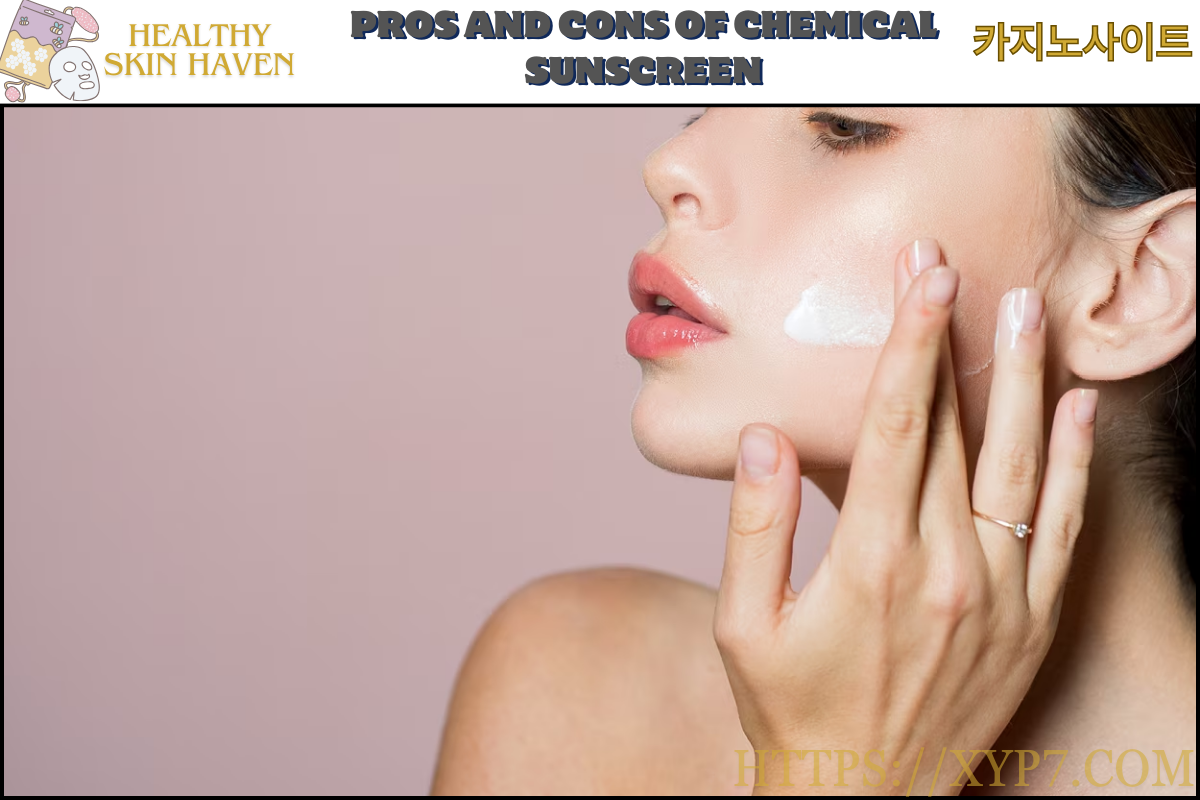Pros and Cons of Sunscreen Chemical. An ingredient (or lotion) called sunscreen uses agents to reflect, deflect, or block the sun’s harmful ultraviolet (UV) rays.
Applying a generous amount of sunscreen (at least one ounce for the full body and ¼ to ½ oz for the face) to all areas that are exposed to direct sunlight is advised for optimal efficacy.
RELATED:How Improving Your Skincare Routine With Sun Protection

Chemical Sunscreens
Chemical absorbers are another name for chemical sunscreens. The chemical compounds absorb UV rays, transform them into heat, and then release that heat from the skin through a chemical reaction.
“Many sunscreen ingredients have been detected in breast milk and urine samples; in recent FDA testing, all non-mineral sunscreen chemicals are absorbed into the body and could be measured in blood after just a single use.”
Frequently Found Components in Chemical Sunscreens
Avobenzone: The most widely used UVA chemical filter in chemical sunscreens is avobenzone. Skin allergies are caused by this ingredient in comparatively high numbers.
Octinoxate: This chemical filter has a moderate rate of skin allergy and is quickly absorbed into the skin. It functions similarly to a hormone and influences the thyroid, reproductive system, and behavior.
Octisalate: This ingredient is a penetration enhancer, meaning it increases the amount of other ingredients that reach your skin while also aiding in the absorption of UVB rays (but not UVA rays). When octisalate is a component of a chemical sunscreen, it increases the likelihood that any potentially harmful substances will enter the body.
Oxybenzone: Although it is a photosensitizer, oxybenzone is a chemical UV filter that absorbs UVB and UVA rays. Skin allergies are rather common there.
Octocrylene: UVB and UVA radiation can be absorbed by this chemical UV filter. Skin allergies are rather common there.
Pros of Chemical Sunscreens:
- It’s thinner and applies to the skin like a lotion, which makes it perfect for everyday use.
- To protect the skin, less product is required.
- Simpler to combine with other products, such as peptides and enzymes, providing you with an all-in-one skincare boost.
Cons of Chemical Sunscreens:
- May exacerbate pre-existing brown spots and discoloration by raising the skin’s internal temperature (overheated skin can exacerbate brown spots, such as melasma).
- Takes around twenty minutes for it to begin working after application.
- Broad-spectrum UVA and UVB protection is achieved by combining multiple ingredients, which increases the likelihood of irritation and stinging.
- For sensitive skin types, the higher the SPF (such as formulas with SPF 50 or higher), the higher the risk of irritation.
- Reapplication is necessary more frequently because the protection it provides is depleted more quickly in direct UV light.
- increased risk of redness for skin types more susceptible to rosacea because it intensifies flushing by converting UV rays into heat.
- For people with oily skin, chemical sunscreens may clog pores more easily, increasing the frequency of breakouts.
- Chemical sunscreens contain ingredients that can cause eye irritation 카지노사이트.
